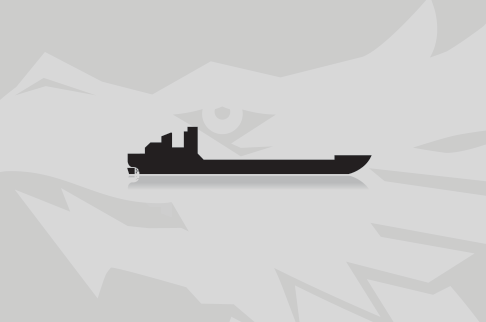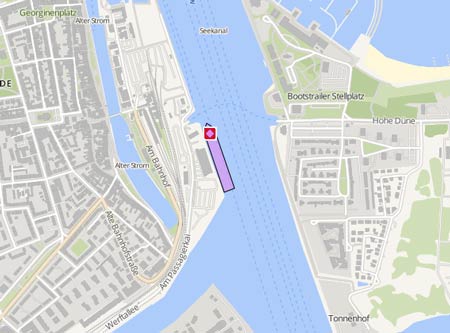OKEANOS EXPLORER
Kurs/Position
Die letzten Häfen
Die letzten Wegpunkte
Die neuesten Nachrichten
Research ship found wreck during tests
The hull of a ship, still sheathed in copper, and the numbers "2109" on a rudder suddenly appeared in the depths of the abyss in an "unexpected and exciting discovery" that scientists from the National Oceanic and Atmospheric Administration made on May 16, 2019, while conducting a routine test of their new ROV in the Gulf of Mexico, with the "Okeanos Explorer". The wreck of what appeared to be a mid-1800s, 37.8 meters long wooden sailing vessel was picked up by sonar on the ROV Deep Discoverer. Construction features such as the form of the stern and bow, the body of the hull, and the remains of the windlass gave hints that the vessel was built in the mid-19th century. The discovery was made about 160 miles from shore, near the edge of the Florida Escarpment, in about 500 meters water depth in a steep slope on the west coast of Florida where the sea floor plunges rapidly from relatively shallow waters. While the vessel's rig, trade, nationality and crew remain a mystery, there is some evidence that the ship caught fire and was nearly completely consumed before sinking. Exactly when that might have happened, though, was still an open question. Marine life was prevalent on the wreck, except on the copper sheathing which still retained its antifouling ability to keep the hull free of marine organism. Above the water line, though, the structure was missing and there are not many traces of the standing rigging. Furthermore, a number of timbers appeared charred and some of the fasteners were bent, which may be an indication of burning," it said. "This may explain the lack of artifacts from the rigging, decks, and upper works, as well as the lack of personal possessions. Specialists stumbled upon the wreckage while conducting an engineering dive to test, calibrate, and integrate equipment and train personnel in order to ensure the collection of high-quality data throughout the remainder of 2019. They extended the ROV's dive by three hours so they could gather more information about the ship's fate. The ROV also recorded video as marine archaeologists from around the United States tuned in to assess the discovery. Experts will analyze the findings in coming months to try to learn more. Report with photos and video: https://edition.cnn.com/2019/05/30/us/shipwreck-1800-noaa-trnd/index.html
News schreiben


